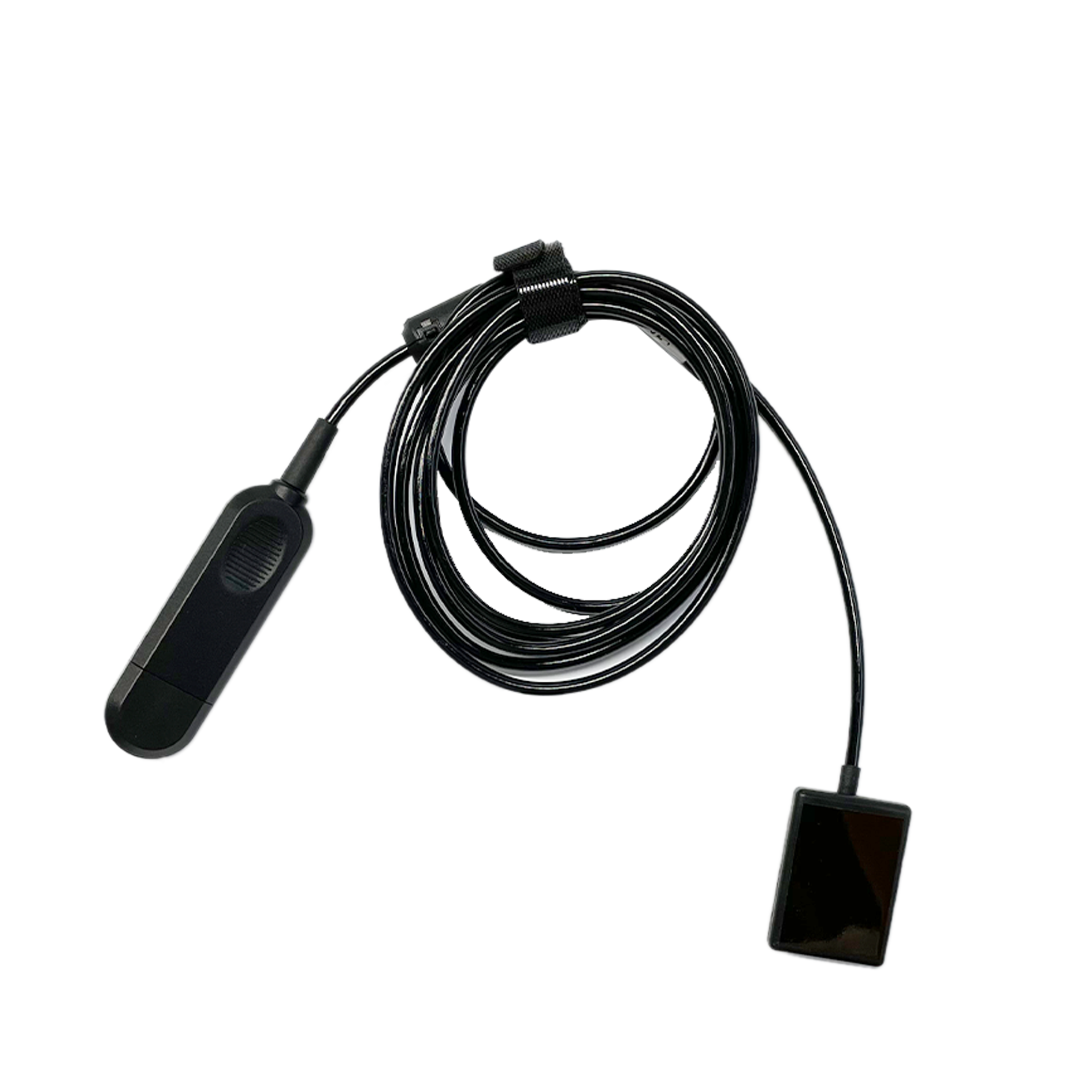
Description:
● Diagnostic Imaging:Dental sensors capture high-quality digital images of teeth and surrounding structures, aiding in the diagnosis of various dental conditions. These images provide detailed information about the presence of cavities, bone loss, infections, and other oral health issues.
● Treatment Planning:Digital images obtained through dental sensors assist dentists in planning and evaluating treatment options. Whether for restorative procedures, extractions, or orthodontic treatments, these images help dentists make informed decisions about patient care.
● Orthodontic Assessments:Dental sensors play a crucial role in orthodontics by providing detailed images of the teeth and jaw. Orthodontists use these images to assess tooth alignment, evaluate growth and development, and plan orthodontic treatments, including braces and aligners.
● Procedures:In root canal therapy, dental sensors aid in visualizing the internal structure of teeth. Dentists can identify the location and extent of infections or damage, facilitating precise and effective endodontic treatments.
● Periodontal Evaluations:Dental sensors are used to assess the health of the supporting structures around the teeth, including the gums and bone. This is essential for diagnosing periodontal diseases and planning periodontal treatments.
● Implant Planning:Before placing dental implants, dentists use dental sensors to capture images that help assess the available bone structure, ensuring proper implant placement and stability.
● Pediatric Dentistry:Digital sensors are particularly useful in pediatric dentistry due to their speed and efficiency. They enable quick image acquisition, reducing the time children need to spend in the dental chair and minimizing radiation exposure.
● Patient Education:Dentists use digital images obtained from dental sensors to educate patients about their oral health. Visual aids enhance patient understanding and support informed decision-making regarding treatment options and preventive measures.
● Digital Charting:Digital images captured by dental sensors can be integrated into electronic patient records, contributing to a comprehensive and accessible digital patient chart. This facilitates efficient record-keeping and allows for easy retrieval of diagnostic information.
● Teledentistry:In the context of teledentistry, dental sensors enable the remote capture and sharing of diagnostic images with dental professionals for virtual consultations and assessments.
Applications:
Diagnostic Imaging
Treatment Planning: Orthodontic Assessments, Periodontal Evaluations, Endodontic Procedures
Implant Planning: Pediatric Dentistry, Patient Education
| Products | DX03 |
| Pixel size(μm) | 18.5*18.5 |
| Pixel | 1204*1612 |
| Effective pixel | 1200*1600 |
| Effective area size(mm) | 22.2*29.6 |
| ADC(bit) | 12、14 |
| Dynamic range(dB) | 72 |
| Radiation resistance(kRad) | 30 |
| Exportation | Usb2.0 |
| Frame rate(frames/s) | 1 |
| Trigger regionAED | 8 rows |
| Power(mW) | 350 |
| ESD(kv) | 8 |
| Package substrate | Alumina ceramics |
| Operating temperature(C) | 0-40 |
Competitive Advantage:
Sensor technology
Cesium iodide process
High temperature resistant, strong seal - IP68

